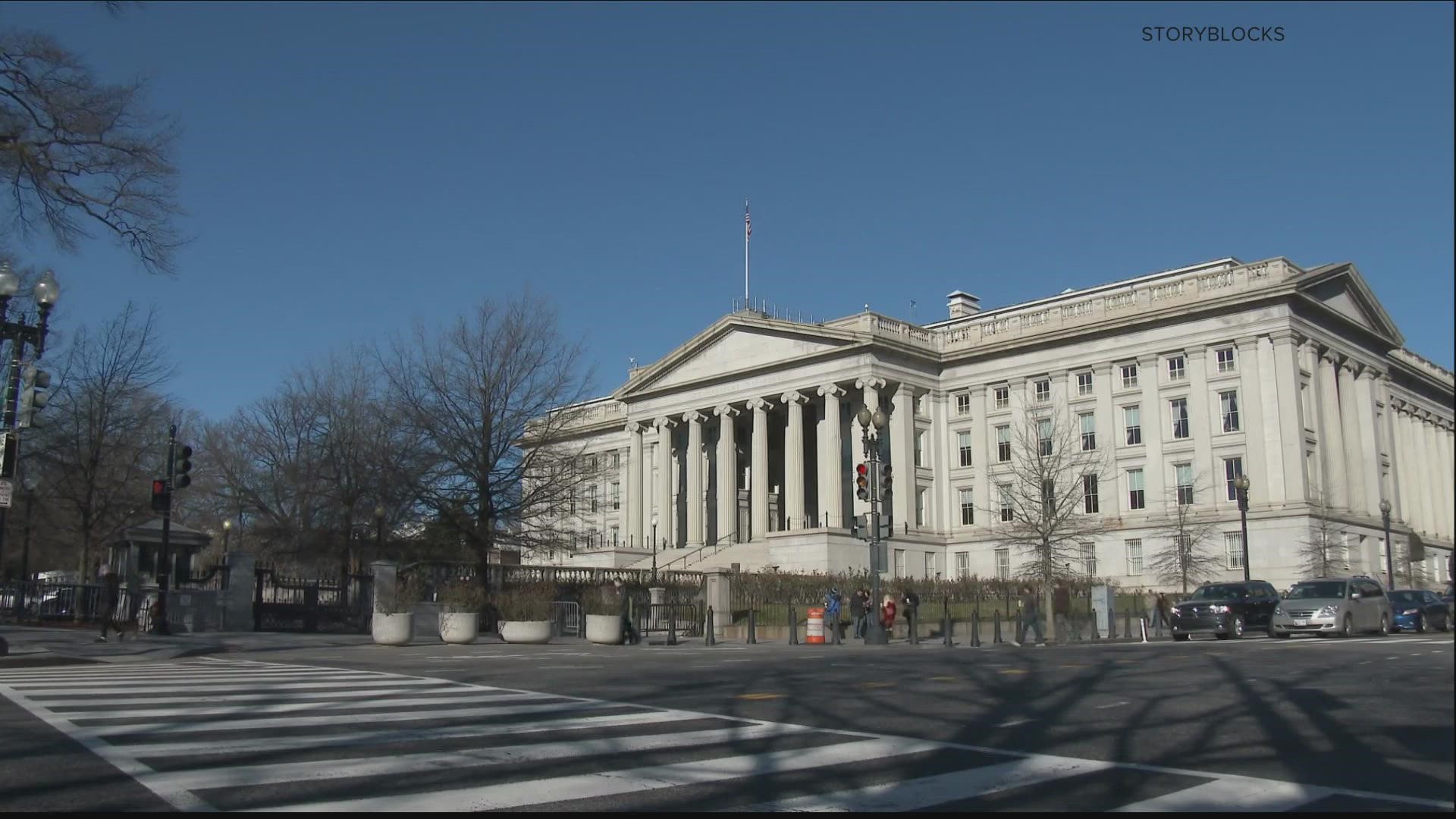WASHINGTON — This week, the United States is set to hit the debt ceiling–and now Treasury Secretary Janet Yellen warns: that could lead to “extraordinary measures” to keep the US going.
So what does that mean–and how could this impact you?
THE SOURCES:
WHAT WE FOUND:
As of Wednesday morning, the United States is more than $31.3 trillion in debt, according to the Treasury Department. That’s inching closer to the debt ceiling–about $31.4 trillion –the highest amount of debt the federal government can legally accumulate.
Why does the United States have a debt ceiling?
The Committee for a Responsible Budget explains: the debt ceiling, or debt limit, was established during World War I as a way to make borrowing money easier and more flexible--and Congress has raised that limit many times since then.
What happens when the US reaches its debt limit?
The debt can’t rise past that ceiling–no more borrowing—so the federal government can only spend money it has on hand to pay for its obligations.
In her letter to Congress, Treasury Secretary Janet Yellen also warns the Treasury “will need to start taking certain extraordinary measures to prevent the United States from defaulting, ” which essentially means doing some creative accounting on repaying certain funds and programs.
However, despite the impending collision with the debt ceiling this week, Yellen expects spending only what we have and those “extraordinary measures” will keep the US in the clear until at least early June.
What if we do default?
We can only speculate–because as the White House explains, the US has never intentionally defaulted after not raising the debt ceiling.
This Treasury Department report warns, though, that “credit markets could freeze, the value of the dollar could plummet, U.S. interest rates could skyrocket, the negative spillovers could reverberate around the world, and there might be a financial crisis and recession” as a result of default. The report examines the last time we teetered on the edge of default–back in 2011. Though Congress eventually raised the debt ceiling, we came so close to the brink that the US credit rating was downgraded, job growth slowed, the stock market fell, and the financial markets were overall stressed for months.
In 2023–there’s a real concern we’ll head back to that precarious territory: a vocal contingent of Republicans in the House of Representatives have said they will refuse to vote for a debt limit increase without certain spending cuts that opponents have said will be difficult to achieve.

